A group of civic leaders founded the Eye and Ear Hospital of Pittsburgh. A charter was granted by the city for the “purpose of establishing and maintaining a hospital, by voluntary contributions, for the medical and surgical treatment of all diseases of the eyes and ears.”
All individuals appointed to otolaryngology staff were required to be certified by the American Board of Otolaryngology (established in 1934).
The American Board of Otolaryngology bestowed full accreditation on the residency training program in otolaryngology under the leadership of Dr. Thomas McCullough, Chairman of the Department of Otolaryngology.
Dr. Kenneth Day served as head of the Department of Otology from 1956-1968. Severely deaf, he is credited with founding the first acoustical laboratory in a U.S. medical center.
Dr. Raymond Jordan, a prominent otologic surgeon who practiced with Dr. Kenneth Day Sr. and Dr. Kenneth Day Jr., became Chairman of the Department of Otolaryngology after Dr. McCullough’s retirement.

Dr. Jordan resigned to become Executive Director of the American Council of Otolaryngology. During this time, Dr. Donald Medearis, who had recently become Dean of the University of Pittsburgh School of Medicine, insisted that all clinical departments in the School of Medicine be directed by a full-time academic chairman. The Department of Otolaryngology was the only department without a full-time chairman.
Dr. Eugene N. Myers was appointed as Chairman of the Department of Otolaryngology. He was the first full-time academic faculty member in the department. He served as Chair for 33 years, building an internationally recognized department.
Dr. Charles Bluestone and Dr. Sylvan Stool established Pediatric Otolaryngology as a subspecialty.
Dr. Charles Bluestone founded the National Institutes of Health-funded Pittsburgh Otitis Media Research Center at CHP and Pitt.
Dr. Carol Congedo was the first female resident in Otolaryngology at UPMC.
Dr. Donald Kamerer performed the first cochlear implant in PA.
Drs. Bluestone and Stool published the first comprehensive textbook on Pediatric Otolaryngology.

Dr. Neal Beckford was the first Black resident in Otolaryngology at UPMC.

The Eye & Ear Institute was founded in Oakland.
Based on the collaboration of Dr. Victor Schramm and Dr. Ivo Janecka in Otolaryngology with Dr. Laligam Sekhar in Neurosurgery, the UPMC Center for Cranial Base Surgery was created, the first comprehensive academic center in North America dedicated to skull base surgery.
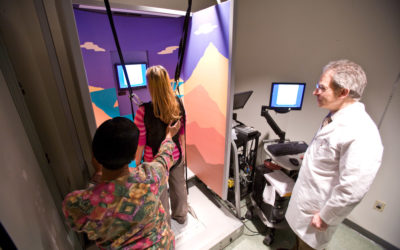
The UPMC Center for Balance Disorders was created to provide comprehensive care for people of all ages with balance problems.
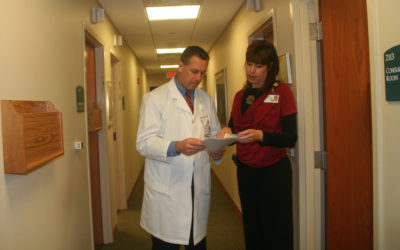
The Voice Center was created to provide care for people with every type of voice disorder.
Charles D. Bluestone became the School of Medicine’s first Eberly Professor of Pediatric Otolaryngology.
Dr. Eugene Myers was president of the American Academy of Otolaryngology-Head and Neck Surgery and served as the first Coordinator of International Affairs of the newly created AAO-HSNF International Affairs Program from 1996-2002.
Dr. Jonas Johnson was president of AAOHNS.
Dr. Jonas Johnson was president of the American Head and Neck Society.
Dr. Charles Bluestone stepped down as Director of the Department of Pediatric Otolaryngology.
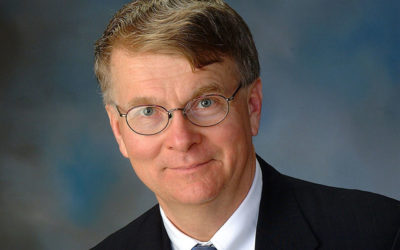
Dr. Jonas Johnson became Chair of the Department of Otolaryngology.
Dr. Eugene Myers was named Distinguished Professor and Emeritus Chair.
The University of Pittsburgh Department of Otolaryngology established an Auditory Research Group, which established the University of Pittsburgh as a leader in auditory neuroscience.
Dr. Eugene Myers and the Department of Otolaryngology published Operative Otolaryngology: Head and Neck Surgery.
Dr. Charles Bluestone was named Distinguished Professor of Otolaryngology.
The Sleep Center was created to provide comprehensive care for people with every type of sleep disorder.
Dr. Jonas Johnson and the Department of Otolaryngology published Bailey’s Head and Neck Surgery: Otolaryngology.
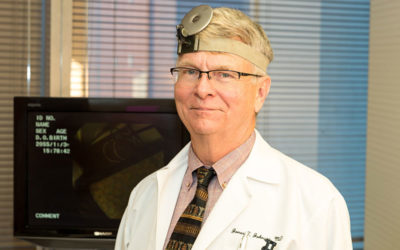
Dr. Jonas Johnson was president of the American Triologic Society.
The 30th anniversary of the Eye & Ear Foundation.
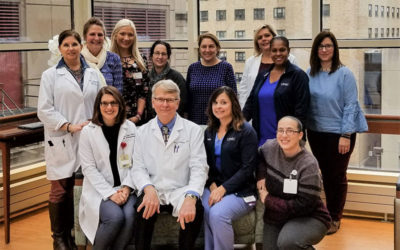
UPMC established the UPMC Survivorship Clinic for Head and Neck Cancer.
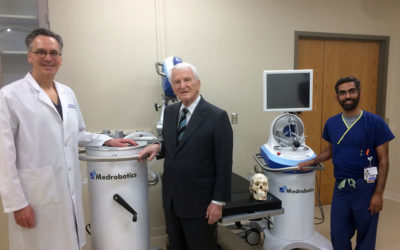
The Department also founded Pittsburgh CREATES (Collaborative Research, Education and Technology Advancement in Surgery), a collaboration between medical industry, bioengineers, and surgeons to develop new surgical technology and train the next generation of surgeons in the use of advanced surgical technologies. The major focus is on minimally invasive surgical techniques; in particular, robotic surgery under the leadership of Dr. Uma Duvvuri.

The Pittsburgh Hearing Research Center (PHRC) was established as a continuation of the Auditory Research Group, but with a larger network of researchers and clinicians working in auditory science and clinical care.
José Zevallos, MD, MPH, FACS, became Chair of Otolaryngology and the Eugene N. Myers, MD Chair.

The Department participated in the Mission of Mercy Pittsburgh event for the first time.
Ten faculty joined the Department, including eight surgeons and two PhD researchers. Two longtime faculty members retired: Drs. Barry Hirsch and Barry Schaitkin.
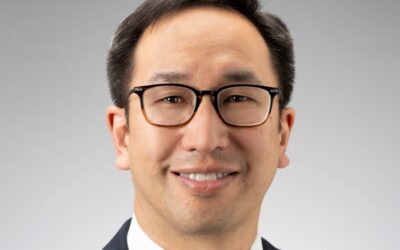
Eric Wang, MD, was named Executive Vice Chair of the Department.
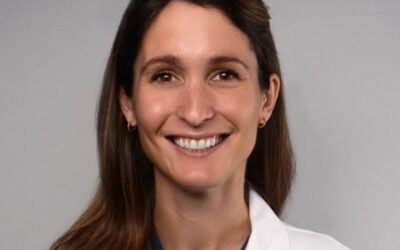
Christina Yver, MD, joined the Department as an Assistant Professor of Otolaryngology within the division of Facial Plastic Surgery and Director of the Facial Nerve Disorders clinic at UPMC Shadyside.
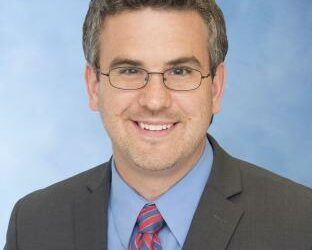
Matt Spector, MD, FACS, joined the Department as Director, Head and Neck Surgical Oncology & Microvascular Reconstruction Fellowship; Chief, Division of Head and Neck Reconstructive Surgery; and Professor in the Department of Otolaryngology Head and Neck Surgery.
In a paper published in the Proceedings of the National Academy of Sciences, Thanos Tzounopoulos, PhD and collaborators Amantha Thathiah, PhD, and Chris Cunningham, PhD, discovered a molecular mechanism of noise-induced hearing loss and showed that it could be mitigated with medication.
A study published in Clinical Cancer Research by Dr. Zevallos found that lymphatic fluid from surgical drains could offer important insights to guide treatment for certain patients with head and neck cancer.
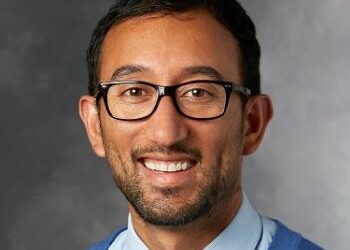
Peter Santa Maria, MD, PhD, joined the Department as Chief of Otology/Neurotology, Vice Chair for Translational Research, and Director of Faculty Innovation as part of the Office of Innovation and Entrepreneurship. Along with Thanos Tzounopoulos, PhD, Dr. Santa Maria will lead the development of the new Pittsburgh Hearing Institute at UPMC Mercy Pavilion.
Four new additions to the Department:
Greg Basura MD, PhD, joined the Department as a neurotologist. In addition to his clinical and research roles, Dr. Basura leads the Department’s global otolaryngology efforts.
Adele Moatti, PhD, with expertise in inner ear drug/gene delivery, joined the Department and PHRC.
Chloe Santa Maria, MPH, MD, joined the Voice, Airway, & Swallowing Center as a laryngologist and expert in the management of the professional voice.
Mohit Singhala, PhD, joined as Research Assistant Professor. He is the lead engineer in Pittsburgh CREATES, where he focuses on healthcare innovation.

The first fellowship in Pittsburgh CREATES completes its session. Read more: https://eyeandear.org/2025/05/pittsburgh-creates-first-fellowship/.
Marci Lee Nilsen, PhD, RN, CHPN, FAAN, received the Medical Student Research Mentoring Merit Award, celebrating her incredible dedication, guidance, and contributions to the Longitudinal Research Program. She is also the new co-lead of UPMC Hillman Cancer Center Biobehavioral Cancer Control (BCC) Program.
Carl Snyderman, MD, MBA, became the inaugural recipient of the Eugene N. Myers and Joseph C. Maroon Chair of Skull Base Surgery.
José P. Zevallos, MD, MPH, became the Interim Deputy Director of UPMC Hillman Cancer Center.
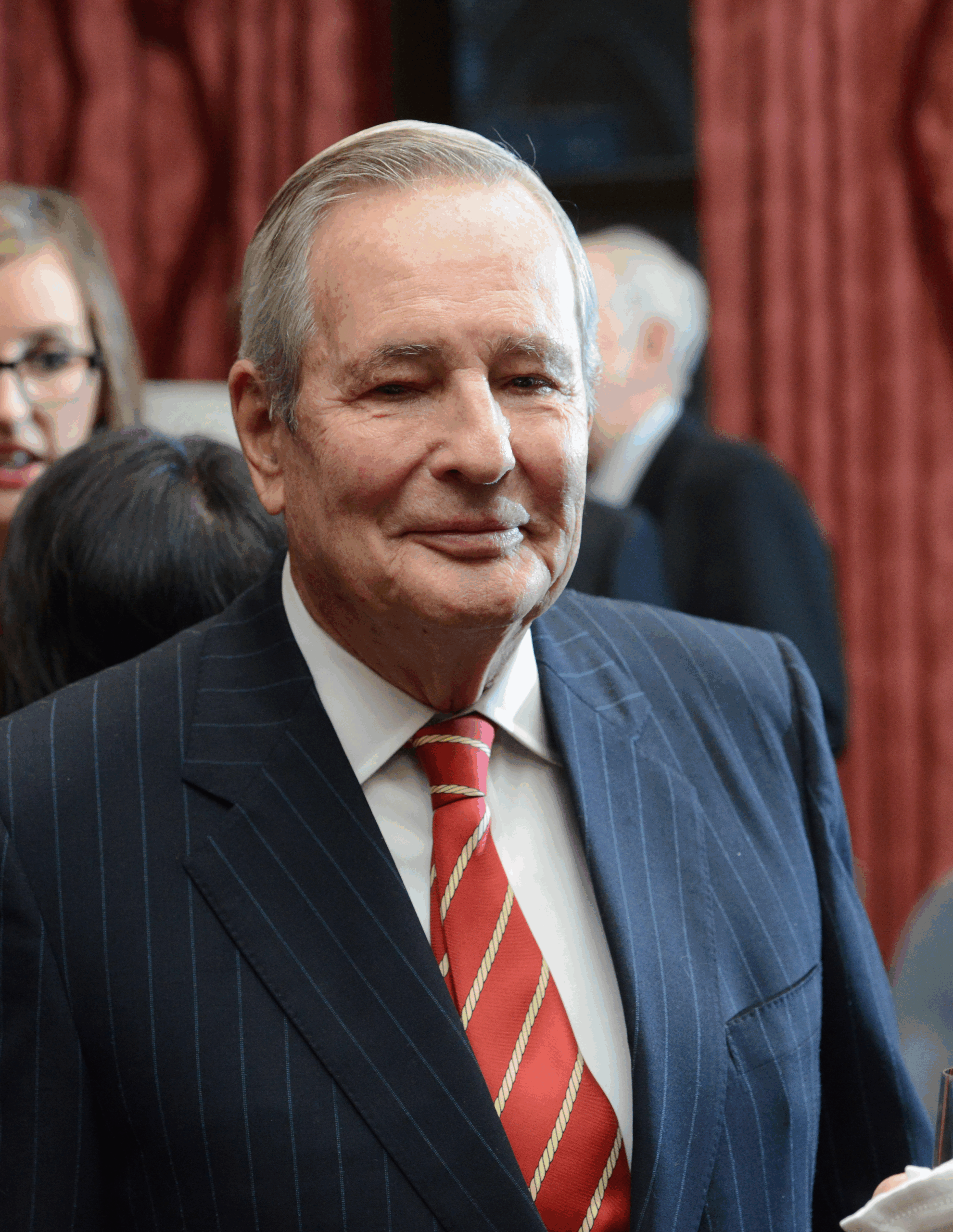
Albert C. Muse, a founding member of the Eye & Ear Foundation, passed away on May 16 at the age of 89. Read more: https://eyeandear.org/2025/05/in-memoriam-al-muse/
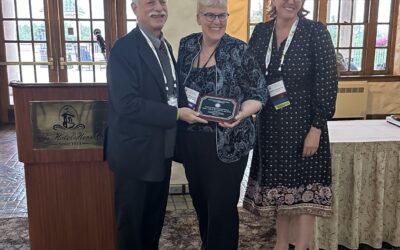
Susan L. Whitney, DIPT, PhD, NCS, ATC, FAPTA, received the “Citation for Distinguished Service, Pennsylvania Academy of Otolaryngology-Head & Neck Surgery 2025.” The award recognizes non-physician contributions to auditory/vestibular health across populations. She is the first physical therapist to receive the award. A paper Dr. Whitney wrote with Dr. Furman is also listed as the 8th most cited in otology and neurotology in the last 44 years, according to “The Top 100 Cited Articles in Otology and Neurotology,” Vol. 46, No. 6, 2025. She was the second most cited female first author of the top 100 papers during that time period. The work was done at Eye & Ear.
Joseph Furman, MD, PhD, FAAN, was selected for the 2025 Champion of Vestibular Medicine Lifetime Achievement Award by the Vestibular Disorders Association.